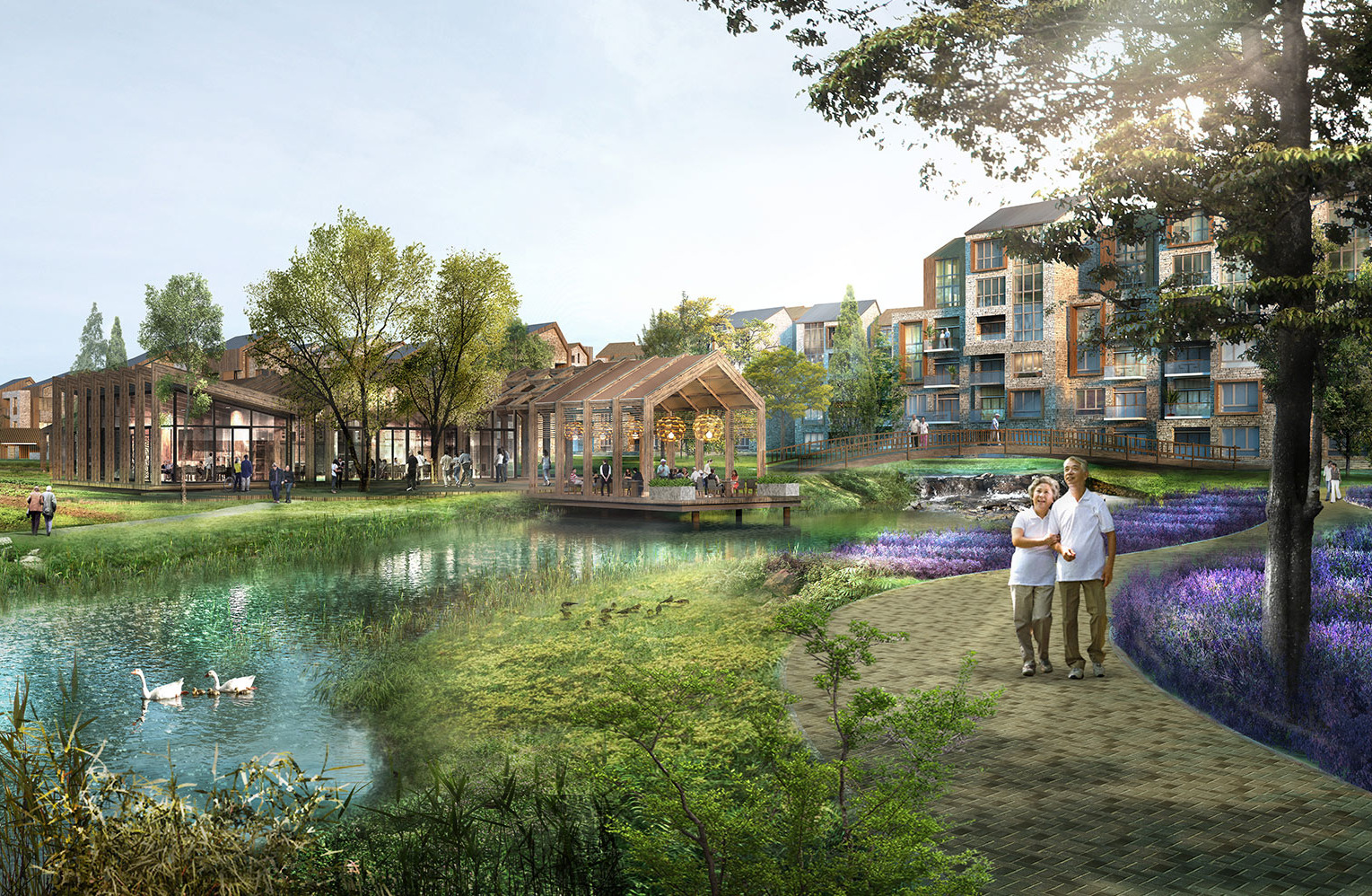TURNING SILVER INTO GOLD
By WATG
January 15, 2022
Across the world, advances in healthcare and falling birth rates are resulting in elongated periods of retirement and ageing populations. In China specifically, the proportion of people aged over 65 years is expected to dramatically increase from 13 percent to almost 50 percent by 2050.
This shift in demographics and the coming of age of the baby boomers will impact housing requirements as the needs and wants of this market segment evolve. As a result, a period of experimentation is underway. Developers, operators and governments are seeking to develop senior living solutions that match the expectations of both inhabitants and investors.
In the WATG paper, a selection of the major issues currently impacting the retirement living sector are analysed and the prevailing business models are placed under the microscope. The paper focusses specifically on the United States and China, and looks at the trends that drive and differentiate Senior Living development in the world’s two largest economies.
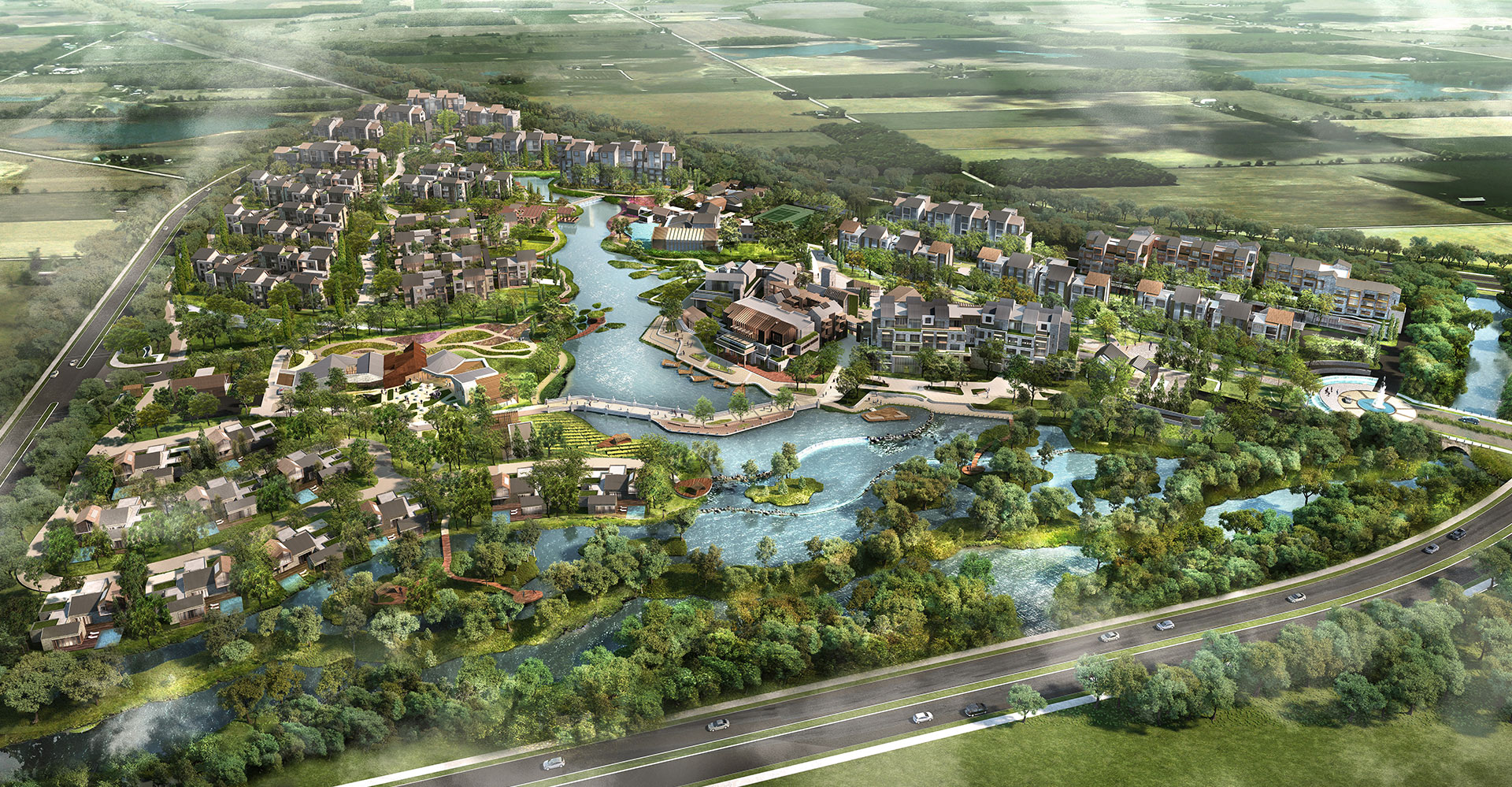
RESEARCH OUTCOMES
TRENDS
• The majority of retirees would still rather age at home, however the development of appealing, purpose-built communities is attracting increasing numbers to consider dedicated Senior Living.
• There is increasing demand for communities located within vibrant urban environments with proximity to culture, education and access to family members. There is still, however, a market for the development of senior housing in tourist areas although this may be somewhat seasonal.
• Multigenerational environments are evermore preferred to age-restricted communities. Lifestyle or ‘affinity’ communities offer an opportunity to seniors who wish to age among the like-minded.
• Seniors increasingly expect ‘hotel-like’ facilities and services with wellness featuring highly on their criteria. Hotel companies are aware of the opportunity, but are keeping it at arm’s length…for now.
“Bringing our hospitality design expertise into Senior Living, we focus on creating meaningful and exciting environments for seniors to enjoy, while keeping advanced support and health services working seamlessly in the background. The result is the ideal balance of function and user experience, offering an extremely high-quality lifestyle to seniors.” Suling Roth, Associate, Project Designer, WATG
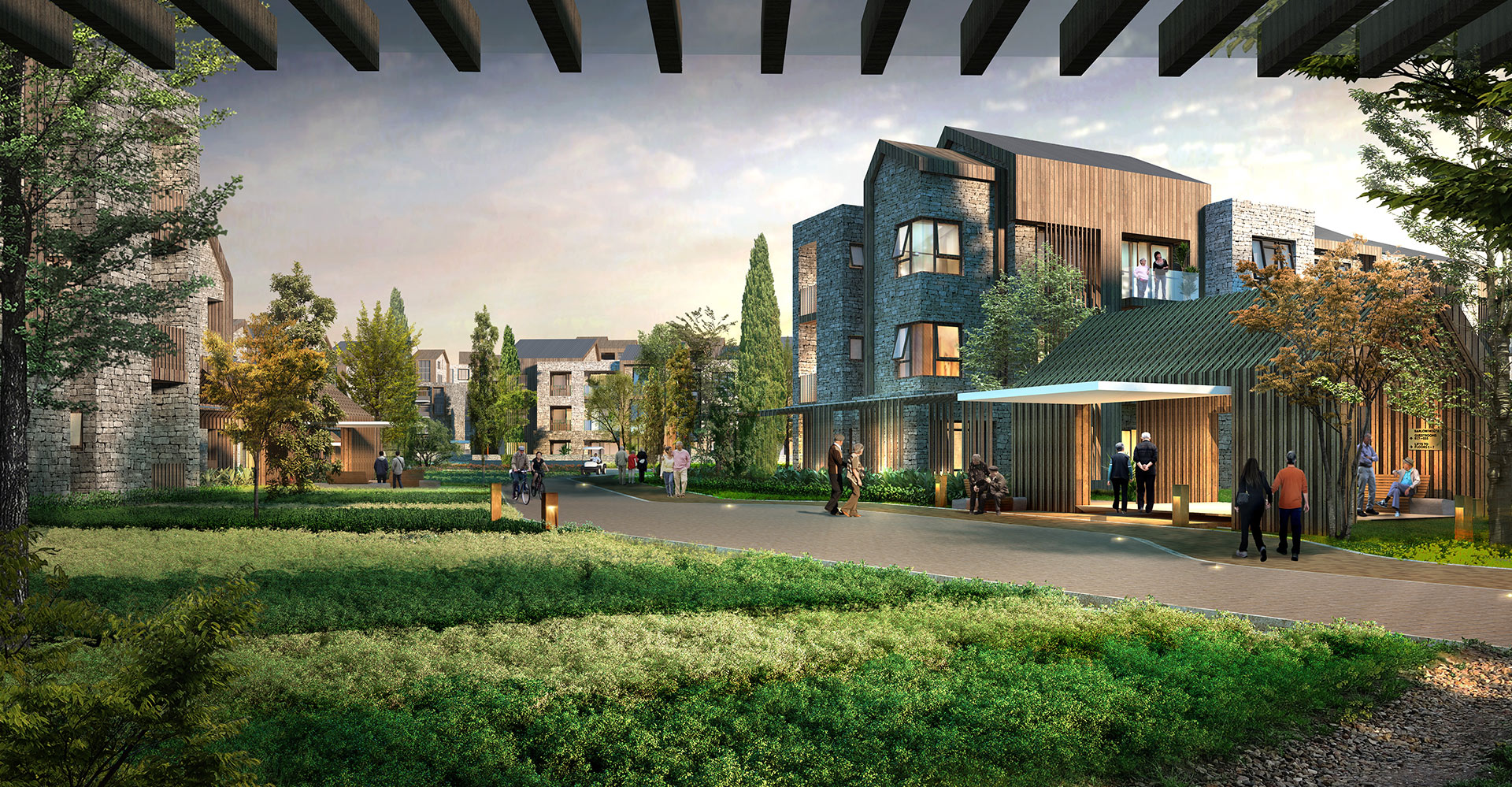
DESIGN
• Welcoming and contextual architecture are paired with fresh and contemporary interiors. Flexibility is crucial to allow residents to age with grace and dignity.
• Technology design is essential, aiding not only residents but also staff in day to day monitoring. Seniors don’t want to be a burden on a community, they want to contribute to the whole.
• Food and beverage concepts are moving away from a single dining hall giving residents and visitors more diverse and innovative dining options.
• Similarly, wellness and fitness go beyond traditional gym and water aerobics towards a wealth of cutting edge facilities aimed at getting seniors moving.
• Amenities should be tailored to the destination to create unique selling points.
“Senior Living is headed toward a more hospitality-based design. Seniors now are well-travelled, internet savvy, informed and active. They are accustomed to a high level of amenities, innovative options for entertainment and dining, and fulfilling social lives. As hospitality designers, we understand how to tailor the experience to satisfy these needs, while providing the necessary services to make it function efficiently.” Suling Roth, Associate, Project Designer, WATG
Download – WATG Strategy Paper – Turning Silver into Gold
Latest Insights
Perspectives, trends, news.

- News
The Torch, The Screwdriver, and the Pencil – Pete Wimberly’s Story

- News
The Torch, The Screwdriver, and the Pencil – Pete Wimberly’s Story

- Employee Feature
Ian Simpson: Constantly Curious, Constantly Creative

- Employee Feature
Ian Simpson: Constantly Curious, Constantly Creative
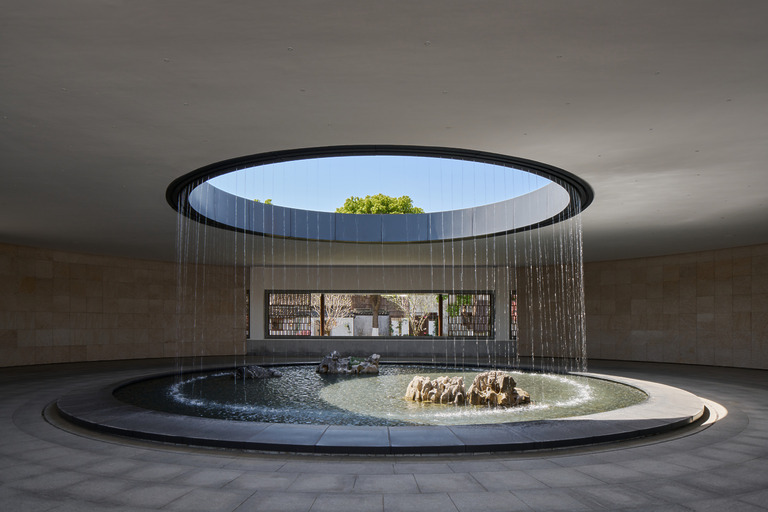
- Strategy & Research |
- Design Thinking & Innovation
Designing the Arrival Experience
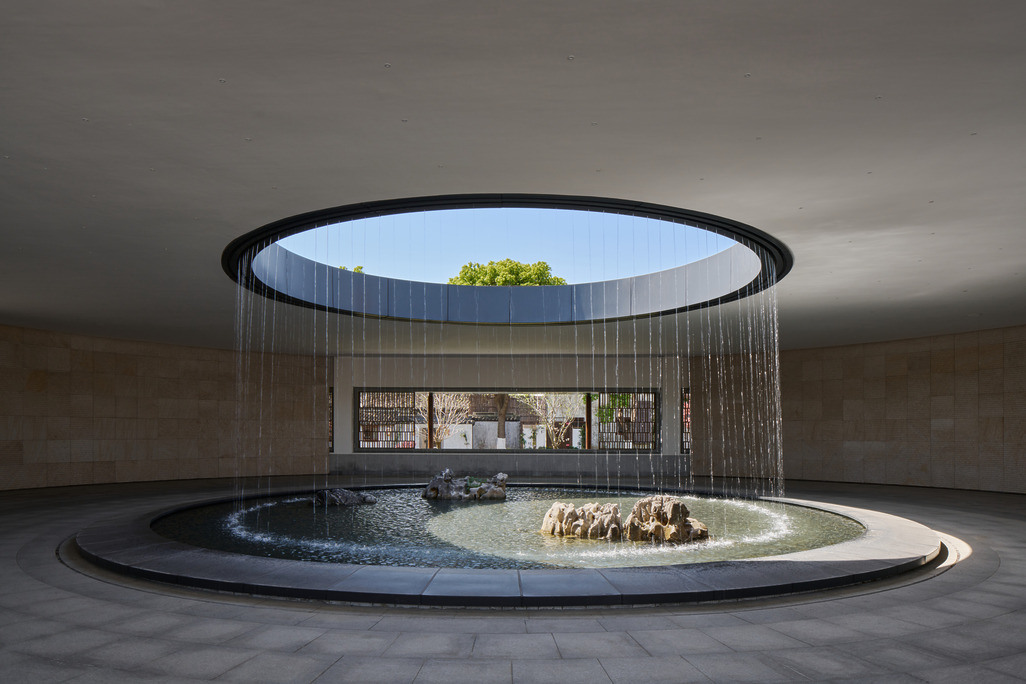
- Strategy & Research |
- Design Thinking & Innovation
Designing the Arrival Experience
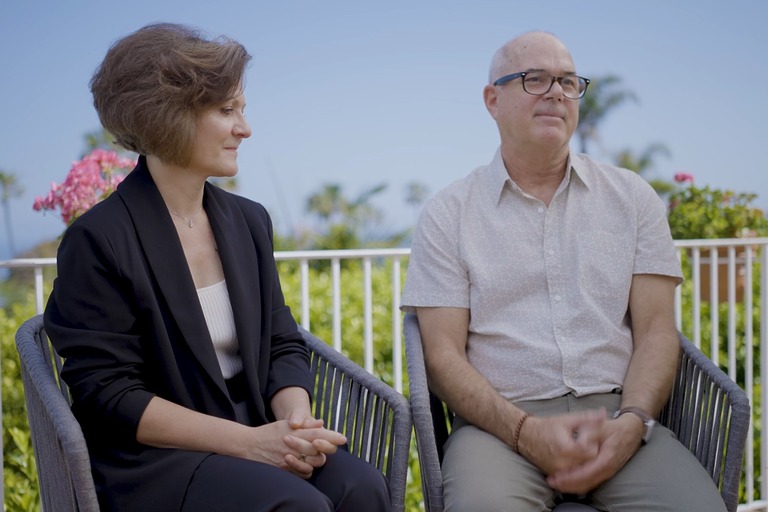
- Employee Feature |
- Inside WATG
Mentorship, Community, and Creativity: WATG’s Blueprint for the Next 80 Years
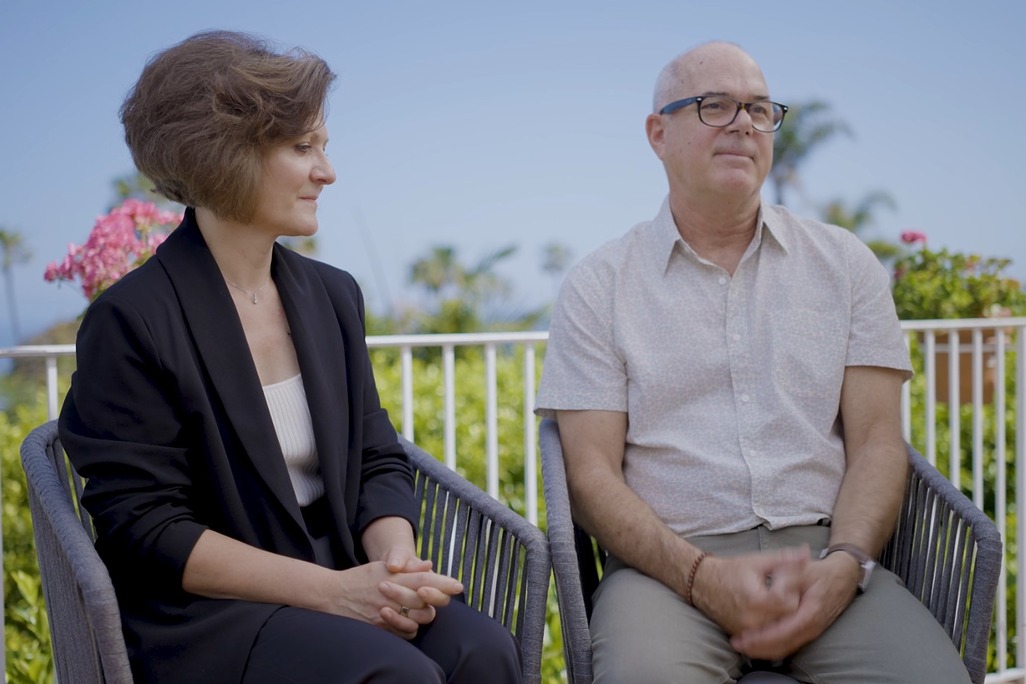
- Employee Feature |
- Inside WATG
